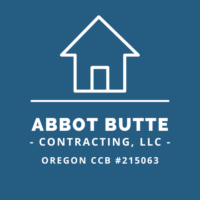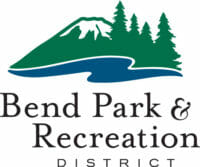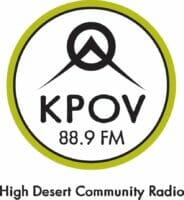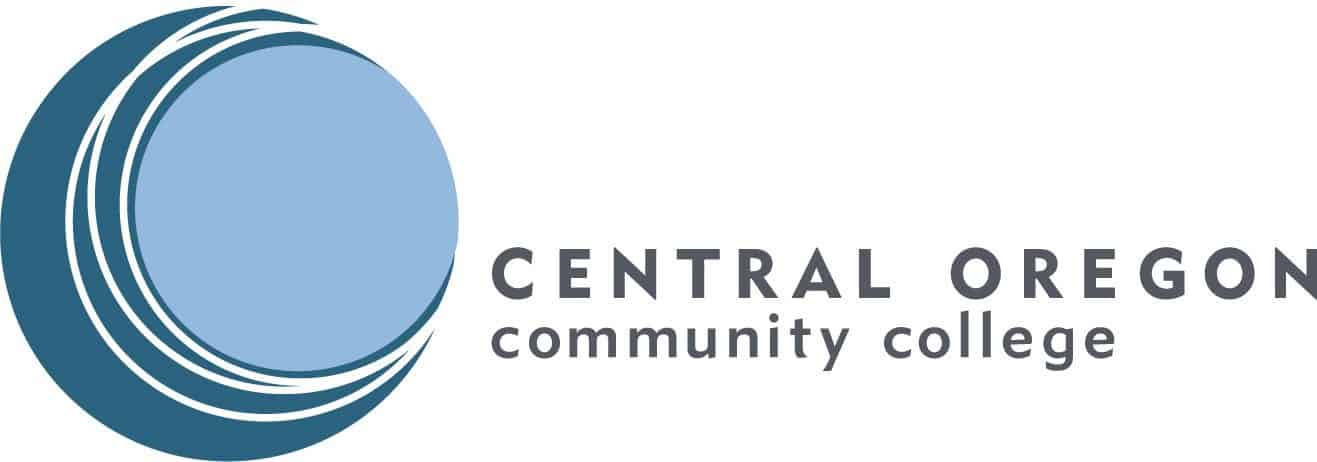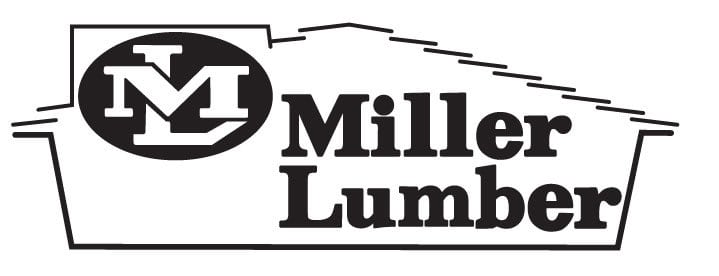Allison Platt, Senior Planner with the City of Bend, answers additional questions from the August City Club Forum on Bend’s Urban Core. To stay up-to-date on the City of Bend’s Core Area Project sign up for the mailing list at bendoregon.gov/corearea
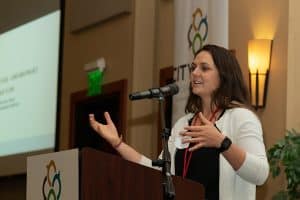
Allison Platt, Senior Planner of Growth Management with the City of Bend
Two proposed development projects in the pipeline for 3rd Street require variances. These changes, while perhaps practical, will change the established vision for the Bend Central District. Is this typical for new urban renewal areas? Is this not going to encourage more zoning work arounds?
Both of the projects referenced have still not received full approval by the City – so it remains to be seen how those affect the BCD. However, I think both of these proposed projects are telling of the current market realities for the area.
The City recently completed a development feasibility analysis and code audit of the Bend Central District to identify barriers to development/redevelopment, in particular of mixed-use and housing development. With the code today, high construction costs and high land costs it is challenging to make mixed-use projects in the area “pencil.” In addition, the area currently lacks amenities and infrastructure that supports a “walkable” area that would attract mixed-use development projects – which is why I believe we are seeing auto-oriented and auto-dominant uses trying to locate in the area.
We are in the awkward in-between stage for this area and change will be incremental – I think it’s important to remember that this area will not transform into a mixed-use walkable area over night, it may take 20+ years.
That is why the City is exploring tools such as Urban Renewal, development incentives, infrastructure financing, and zoning changes to enhance the urban fabric and remove barriers to the types of mixed-use development envisioned for the area.
How important is a city owned parking lot or structure to the success of an urban renewal area?
I think parking management is important for urban areas – and parking management solutions change as parking demand increases. Parking management should be informed by parking studies. Solutions can take a variety of forms such as shared parking areas, parking lots (both private and public), formation of a parking district, parking pricing, and eventually if needed a parking structure. Parking structures are ideally the last mechanism used for parking management and are built only when needed due to their high costs. I believe cost estimates for parking structures are now up around $35,000 per parking space.
Can historic landmark preservation fit into urban redevelopment?
Yes, absolutely. A very small part of the area under consideration for the Urban Renewal area actually falls within the City’s Old Bend Historic District and Urban Renewal funding could potentially be used for historic preservation. One limitation to historic preservation is that historic designations must be property owner driven – the designation can’t be forced on a property owner.
What is the City of Bend doing to deal with or streamline the process for a lot of small, possibly inexperienced business owners versus a single developer?
I think all businesses owners and developers (big or small) should feel welcome to contact staff at the City to help them understand the processes necessary to achieve their business goals.
The City of Bend has a Business Advocacy Program designed to provide local business owners and potential business owners with a dedicated staff member within City Hall. Businesses can reach out to Ben Hemson, the City’s Business Advocate (bhemson@bendoregon.gov).
When it comes to city policy, the business community has a direct line to the City Council via the Bend Economic Development Advisory Board (BEDAB). The Council chartered 13-member board consists of nine representatives from Bend’s major industries and 4 staff members from the city’s primary economic development partners.
The City’s Planning Department has also developed a brief guide providing answers to common questions and identifying city processes relevant to the business community. You can download the guide here.
Will encouraging minority and women owned businesses be an express goal of this redevelopment project?
I think if the City does decide to form a Core Area Urban Renewal District and decides to spend UR $ to support businesses, this is an extremely relevant topic to consider. I could see programs focused on local, minority, and women owned businesses as a potential way to target business improvement program funding.
It was mentioned that the development should be done by local developers. How do you keep out those who are not local?
It’s not legal for the City to block outside developers or outside people for that matter. I think energy could be better spent encouraging good (vs. bad) development. Fortunately, Bend does have a lot of local developers who are interested in this area and it will be interesting to see what types of developments are proposed in the coming years.
I love this method of urban renewal. There are other areas in Bend that need similar renewal such a mixed use in SE Bend. Will this trend influence development there as well?
The City identified a complete neighborhood planning strategy back in 2016 when we expanded the Urban Growth Boundary. As part of the strategy, we zoned new expansion areas, including the Elbow expansion area in SE Bend to include a mixture of housing, commercial, and employment land uses. However, we are not considering creating an urban renewal district for that area and development in that area will likely look different than the Core.
Can you speak more about parking minimums and why those should be eliminated in a supportive Regulatory scheme?
One of the greatest barriers to vertical development in the Core area is parking. Providing parking can be extremely costly to developments, especially on small lots. Parking requirements (and parking minimums) are often reduced or eliminated in urban environments to support walkable, dense neighborhoods.
In recent years, many municipalities have started to recognize that parking minimums are not necessarily the most effective tool, neither in accurately predicting parking need nor in successfully producing great places. In many cases, lenders and tenants will demand the minimum number of parking spaces needed for the use.
If urban renewal is approved, when would it start?
If we receive direction to proceed with forming an Urban Renewal District in the next two months, we are scoped to develop an Urban Renewal Plan and Report by Summer 2020. This means, that the Urban Renewal District would start collecting tax increment on January 1, 2021.
How is the city incorporating the needs of disabled people in development?
The City has a strong commitment to ensuring accessibility. The City of Bend’s Accessibility Advisory Committee (COBAAC) assists and advises the City on the most efficient and responsible means to make its programs, services, activities, and facilities accessible to all of Bend’s residents and visitors. Any new construction within the City of Bend is required to comply with Americans with Disabilities (ADA) accessibility design standards.
TIF is going to need to build momentum from business expansion. Is there a plan for “early adopters” to have access to front end funding?
The Urban Renewal Advisory Board will determine over the next several months how and when potential Urban Renewal funding could be distributed to various projects and programs, such as business assistance, if an Urban Renewal District is formed in Bend’s Core Area. Stay tuned into the City’s Core Area Project process to find out more.
How can arts and culture organizations help with this process?
We encourage community groups such as art and culture organizations to submit public comments to the Urban Renewal Advisory Board. Scalehouse Center for the Arts and the Central Oregon Center for the Arts have both submitted public testimony expressing the desire for urban renewal revenue to support an art venue and/or performance center within the area.
How can we ensure that the BCD, as it redevelops, remains affordable for residents, small businesses, and makers/artists? What tools (incentives, rules/regulations, etc) are available to ensure affordability?
I see this question needing a two-fold answer.
Housing affordability: Urban renewal funding can contribute additional funding to the City’s existing affordable housing program to provide development assistance for deed-restricted affordable housing projects. Other affordable housing and retention strategies include land banking, rehabilitation programs, etc.
Commercial affordability: Urban Renewal funding could be used to support local businesses by providing development assistance or business improvement programs such as storefront/façade improvements, business expansion, tenant improvements, energy efficiency loan programs, etc.
Do you have other ideas? Help us continue the conversation and take action…
- Share ideas on City Club’s social media: https://www.facebook.com/CityClubCO/
- Start talking, reach-out and engage others in this dynamic topic.
- Watch for opportunities to get involved and to provide support.
Thank you to Stephanie Spalding Bilbrey, First-Year Experience Director at Central Oregon Community College and City Club of Central Oregon Marketing Committee Member for helping continue this conversation.



